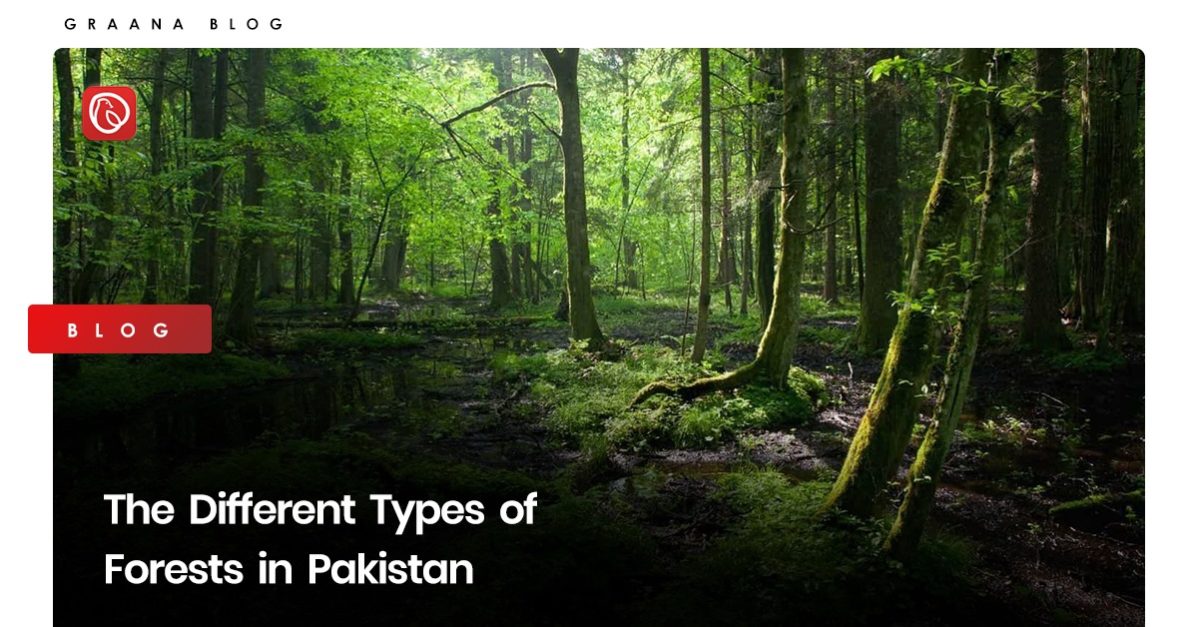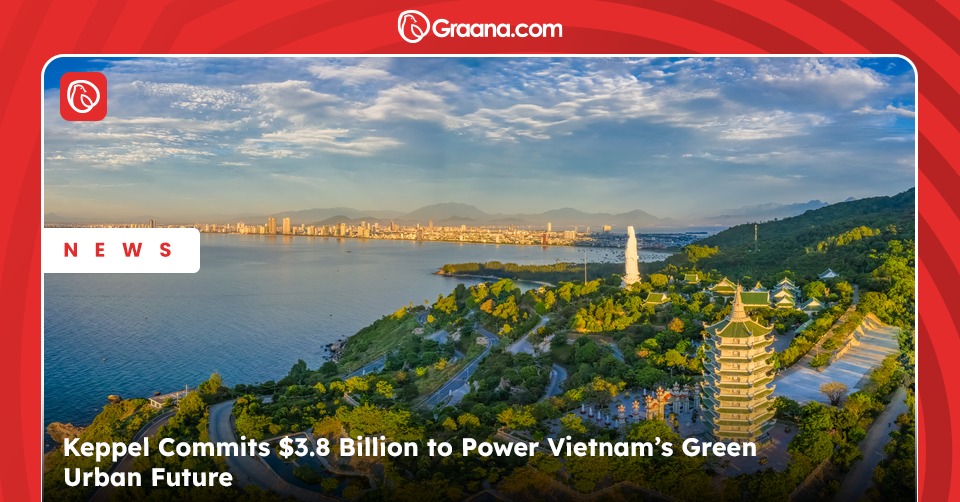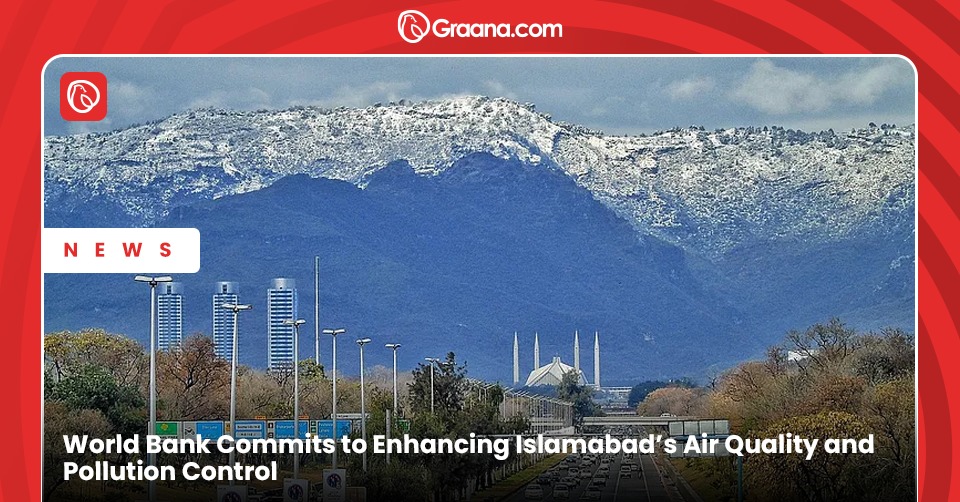From snow-capped mountains to deserts and lush green forests, Pakistan has a rich and diverse landscape. Graana.com takes a look at the various types of forests in Pakistan and their unique features.
List of Different Types of Forests in Pakistan
In this blog, we will take a closer look at eight different types of forests found in Pakistan. It includes littoral and swamp forests, tropical dry deciduous forests, tropical thorn forests, subtropical forests, subtropical pine forests, Himalayan moist temperate forests, Himalayan dry temperate forests, and alpine forests.
Littoral and Swamp Forests
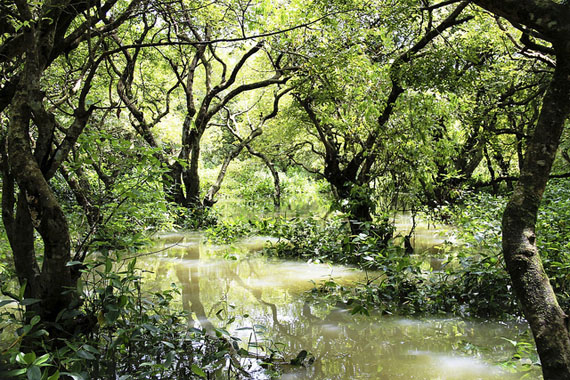
These large forests are typically found near the Arabian Sea beaches in Pakistan. Exotic species, such as the Avicenna marina (grey mangrove or white mangrove) and Rhizophora, can be found in these mangrove forests.
According to the latest estimates from the United Nations Food and Agriculture Organisation (FAO), Pakistan has roughly 207,000 hectares of swamplands.
Tropical Dry Deciduous Forests
Tropical dry forests are characterised by deciduous trees that shed their leaves yearly and grow to a moderate height. These forests appear dense during the monsoon season. They are not distinguishable from other types of forests when viewed from an aerial perspective.
Floristic composition is what tropical dry deciduous forests usually have in common with other forests in Pakistan. Trees and plants commonly found in these woodlands include Lannea, Bombax ceiba, Sterculia, plum trees, Mallotus, and Acacia. The region’s typical shrub vegetation includes Adhatoda, Gymnosporia, and Indigofera.
Tropical Thorn Forests
Tropical thorn forests, also known as thorny forests, are characterised by dense, scrub-like flora. They are a type of dry forest. They are typically found in locations that are subject to warm temperatures and little rainfall.
These forests have three basic characteristics: they are found in areas where rainfall is less than 70 cm; they include thorny shrubs with long roots that help them stay hydrated by reaching underground water sources; and they include trees and plants with thick, tiny leaves that reduce evaporation.
In Pakistan, tropical thorn forests are classified by climax vegetation and can be found around the Indus basin plains and in the districts of Sialkot, Gujrat, and Jehlum.
Subtropical Broadleaf Evergreen Forests
Subtropical broadleaf evergreen forests are xerophytic woods with thorny, small-leafed, and evergreen plant species, such as succulents. Olive trees, Acacia modesta, and Dodonaea trees are common here.
These forests are most commonly found in Pakistan around the Himalayan foothills and lower slopes, particularly near the Salt Range, Kala Chitta, and the Murree Hills.
Subtropical Pine Forests
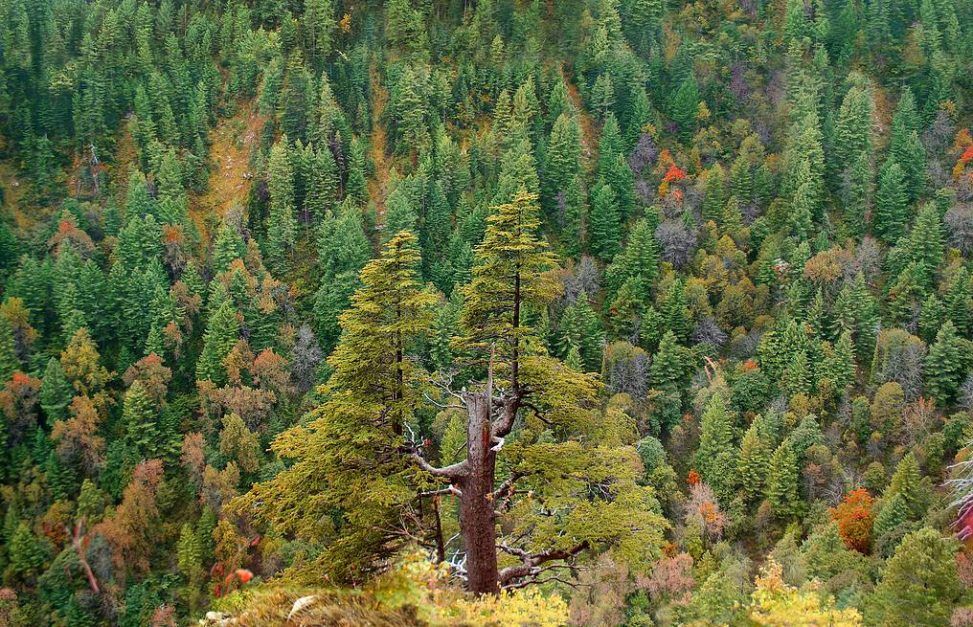
Subtropical pine forests are typically found in areas with a warm temperate climate and moderate to high rainfall. These forests are characterised by pine trees, as well as other conifers and deciduous trees.
Subtropical pine forests are found at the lower elevations of the Himalayan mountains in Pakistan and are an important source of timber and resin.
Himalayan Moist Temperate Forest
The Himalayan moist temperate forests are found at elevations between 1,200 and 3,000 metres in Pakistan. These forests are characterised by high rainfall, moderate to high humidity, and a wide variety of tree species, including oak, rhododendron, and deodar cedar. These forests are home to a wide variety of wildlife.
They also play an important role in the local economy, providing valuable resources such as timber, non-timber forest products, and ecotourism opportunities.
Himalayan Dry Temperate Forest
The Himalayan dry temperate forests are found at elevations between 2,000 and 4,000 metres in Pakistan. The weather there is generally dry and cool, with little rainfall and high evaporation rates.
The tree species found in these forests have adapted to these conditions, and have small leaves and thick barks to reduce water loss. These forests are home to a diverse array of wildlife and also contribute to the local economy through timber production and ecotourism.
Alpine Forests
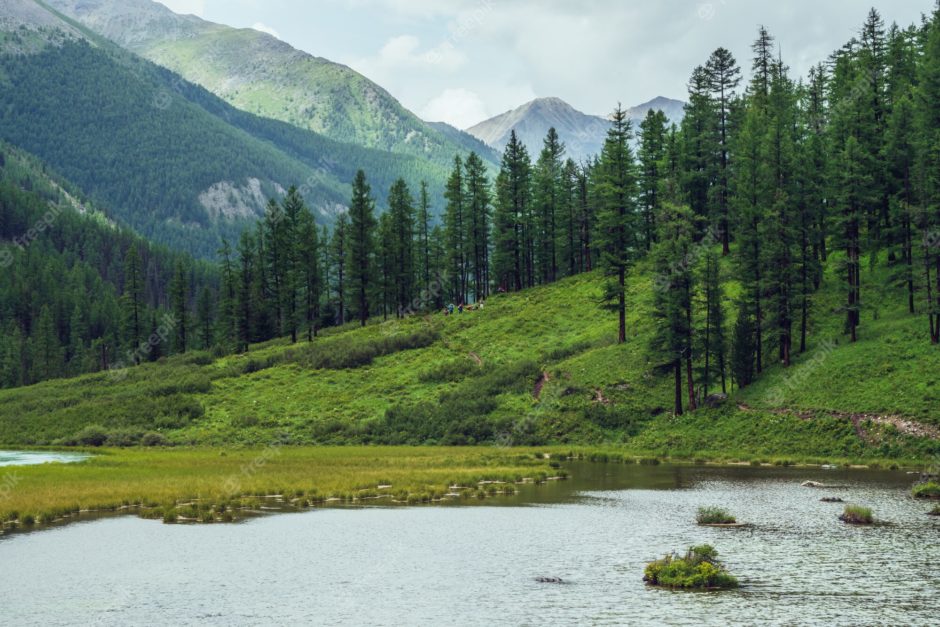
Alpine forests are found at high elevations, typically above the tree line. They are found above 4,500 metres in the Himalayan mountain range in Pakistan.
These forests are characterised by stunted trees, shrubs, and a wide variety of alpine flowers and grasses. Due to the harsh and cold environment, wildlife is scarce in these forests. However, they do play an important role in maintaining the ecological balance and provide opportunities for eco-tourism.
Famous Forests in Pakistan
Following are some of the popular forests that are located in different parts of the country.
Ziarat Juniper Forest
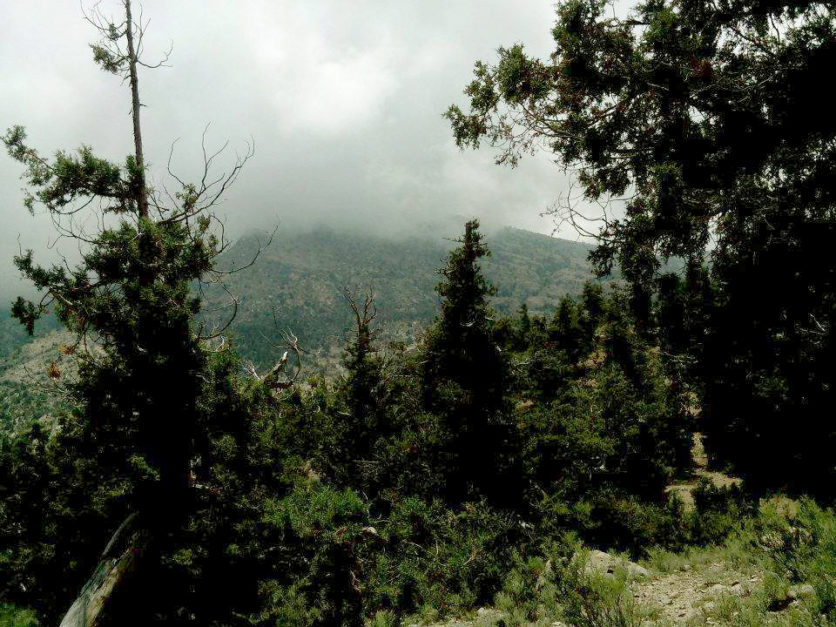
The picturesque city of Ziarat is surrounded by the lush green Ziarat Juniper Forest, also known as Sanober. This is the largest juniper forest in Pakistan. It is believed to be the second largest of its kind in the world. The forest stretches over an area of 110,000 hectares and is a major tourist attraction.
It has different plant species, including the famous juniper trees that give the forest its name. The forest is also an important ecological resource for the local community, as it provides vital ecosystem services such as water regulation and soil conservation.
The juniper trees of the forest play an important role in preventing soil erosion and regulating the water table, which helps keep the surrounding area fertile.
Changa Manga Forest
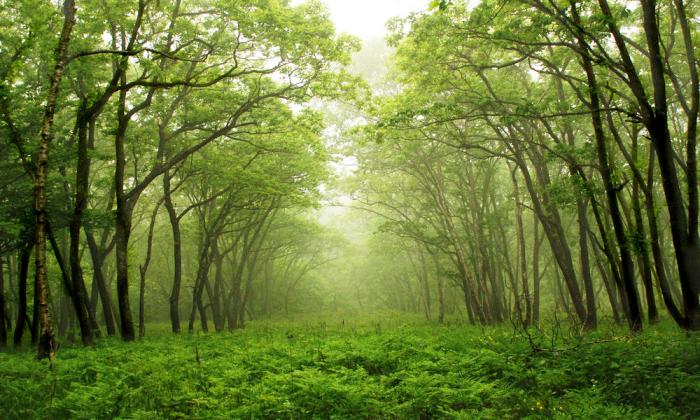
The Changa Manga Forest is a unique and valuable natural resource that is located in Punjab. It is situated about 80 kms southwest of Lahore and can be reached by car in around an hour. The forest was previously considered to be the largest man-made forest in the world, covering an area of approximately 48,000 acres.
It is also known for its unique system of canals and waterways, which were originally constructed to facilitate timber transportation. Nowadays, these canals offer visitors an opportunity to take boat rides and enjoy the forest’s serene beauty.
It also plays a crucial role in the conservation of biodiversity, as it serves as a habitat for many endangered species. It also regulates the local water table and mitigates the effects of floods and droughts. Changa Manga also has a rest house, zoo, and wildlife breeding centre.
Importance of Forests in Pakistan
Forests in Pakistan are incredibly important for both ecological and economic reasons. They provide a variety of ecosystem services, such as regulating the water cycle, controlling soil erosion, moderating the climate, and preserving biodiversity.
They also contribute to the livelihoods of local communities by providing resources such as timber, non-timber forest products, and grazing land. The following are some of the key factors why Pakistan needs more forests:
Biodiversity
Forests in Pakistan are home to a wide variety of plant and animal species, some of which are found nowhere else in the world. These forests play a crucial role in preserving biodiversity and maintaining the balance of the ecosystem.
Carbon Reduction
They also serve as carbon sinks, thus mitigating the effects of climate change. Trees and other plants absorb carbon dioxide from the atmosphere, storing it in their biomass, which helps reduce greenhouse gas levels.
Water Regulation
Forests regulate the water cycle by protecting watersheds and preventing soil erosion. This ensures that there is a steady supply of water for both human and animal consumption, as well as for agriculture.
Climate Regulation
They also play a role in regulating the climate by absorbing carbon dioxide and releasing oxygen. They provide shade and cool the air as well, which reduces the effects of urban heat islands.
Ecotourism
Forests in Pakistan have the potential to attract tourists from all over the world. They offer them a unique opportunity to experience the beauty and diversity of Pakistan’s wilderness. Ecotourism in Pakistan can contribute significantly to the local economy and can also lead to greater awareness and support for conservation efforts.
Conclusion
The country’s varied geography and climate have given rise to a diverse range of forest ecosystems. Each of these forests has its own unique characteristics and importance.
From the mangrove swamps of the Arabian Sea coast to the alpine forests of the Himalayan mountains, these forests provide valuable ecosystem services, support local livelihoods, and offer opportunities for tourism.
It is important that we continue to monitor and protect these forests for the benefit of both current and future generations.
To know more about different types of forests in Pakistan, visit Graana blog.
